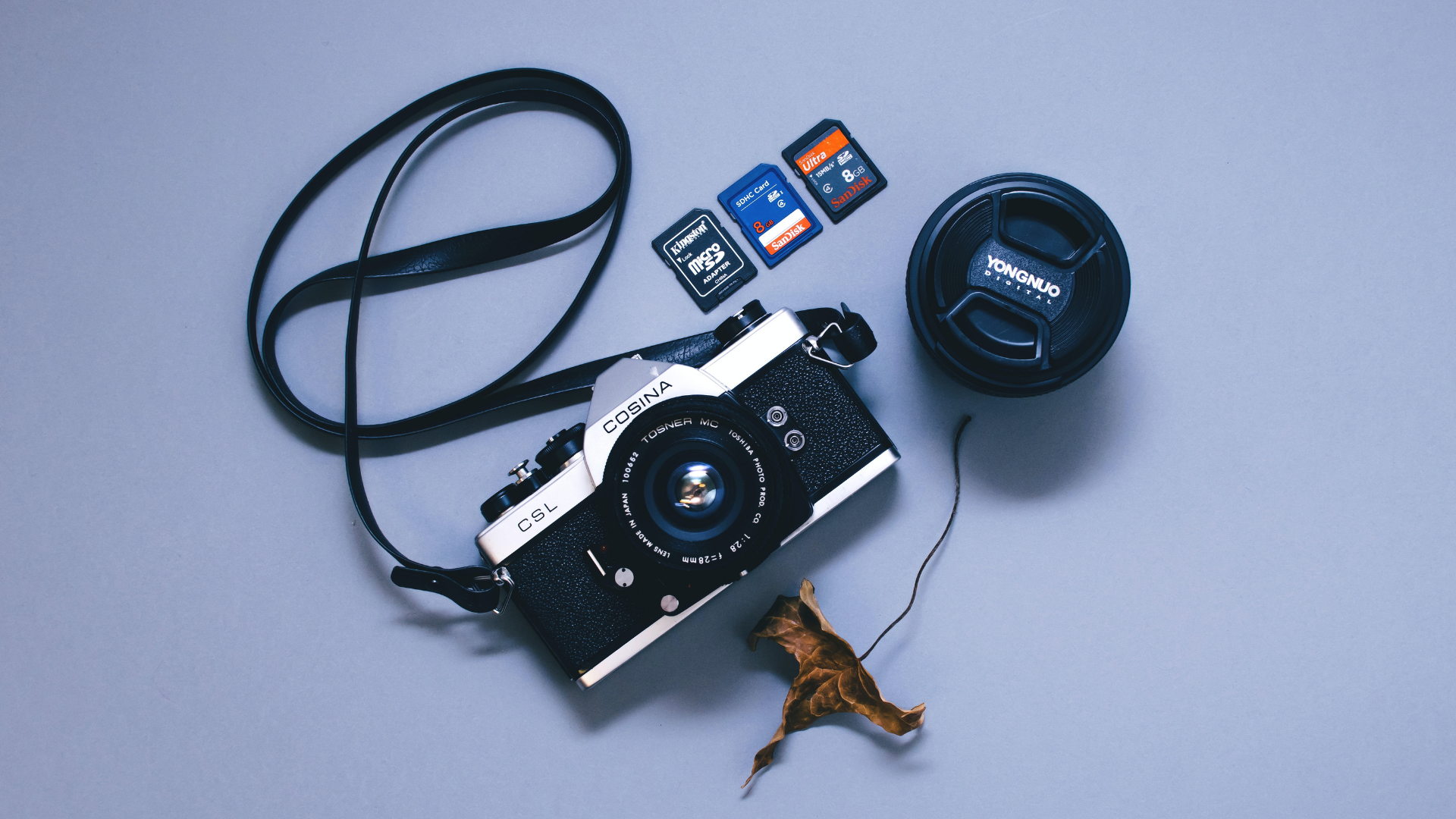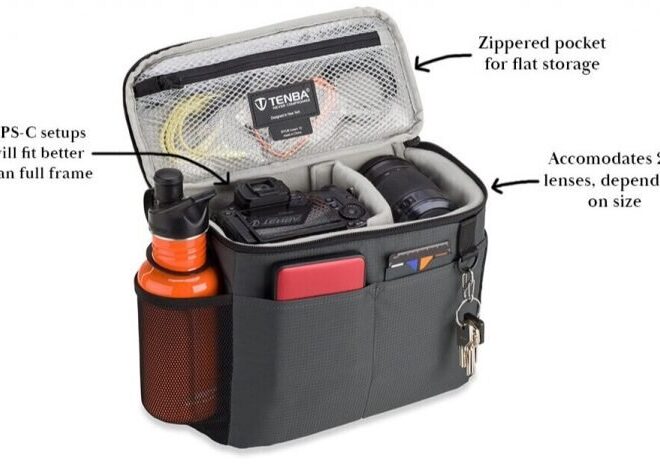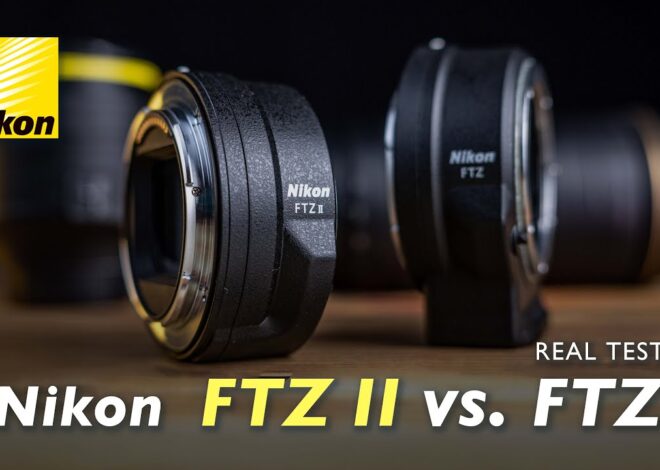
150mm vs 200mm Lens: The Different Focal Lengths and Their Use Scenarios
As an Amazon Associate, I earn from qualifying purchases.
To understand photography, one must know the different focal lengths. Having this understanding helps photographers take their skills to the next level and produce outstanding images consistently.
150mm and 200mm are both tight angle-of-view lenses. They can be used for portraits, weddings, sports etc. The 200mm lenses can even be viable options for wildlife photography. Both focal lengths have their versatility and drawbacks.
This article is an in-depth discussion on the use cases of 150mm vs 200mm lenses for a better understanding of why to choose and shoot photos with them.
Why Focal Lengths Are Important In Photography
Focal length is something that is constantly talked about in photography. It can be confusing to newcomers so let’s take a look into how different focal lengths affect the images that are taken.
Here is an image that showcases the different focal lengths on a single frame and how much of the frame they cover.

The higher the focal length set the tighter the angle of view. If not treated properly, images can come out blurry. With the high focal lengths of 150mm or 200mm focus breathing becomes a very noticeable issue so that should also be kept in mind when using these focal lengths.
Here are two identical images that show the difference in taking images with a 150mm vs 200mm lens.

As the image above shows, both lenses have a tight angle of view. It does not cover much of the background but is more focused on the subject, which is the car in this case.
Macro lenses: 150mm vs 200mm lens
The 150mm and 200mm are macro lenses. What are macro lenses you may ask?
A macro lens is a lens that allows users to focus extremely close on subjects which makes them look bigger in the viewfinder or the final image. They are optimized to handle very close focusing distances and take sharp images of very small objects.
Macro lenses are mostly used for wildlife photography, specifically most often in photography of insects and bugs. It is a very popular photography category.
To quench the thirst of an insect photographers, they must first choose the right lens for themselves.
Let’s discuss the two different focal lengths in different types of photography.
Nature Photography
The whole point of macro photography in nature is to capture the inhabits in their natural act of life.
150mm is a wider spread. So users have to move in closer to the subjects. That can be quite a bother when taking photos of subjects that can get startled by the slightest noise or vibration around them.
200mm however magnifies the image more so the user can have more breathing room and not have to be as close to the subject as the 150mm lens. So the 200mm here gets a point.
The winner here is the 200mm lens.
Portraits
Macro photography is a great way to create unique portraits of people. Both the 150mm and 200mm will yield good results in this category. Normal portraits are best taken at under 135mm focal length.
The 200mm lens takes full advantage of both compression and extreme shallow depth-of-field to produce clean and dreamy aesthetic photographs.
The 200mm is a dream lens for most portrait photographers. So the winner here is the 200mm lens.
Product Photography
The use cases are different here as well considering the different number of products. For example, a car showcase image will have a bit of the background in the image to signify the moving aspect of a car.
Whereas smaller products such as phones, laptops, makeup utilities, and fashion products will be more focused on the product and the background of the image will not be of importance or rather together ignored.
The 150mm here beats the 200mm because of its wider spread. Going up close for smaller products or taking more area in the background is right up this lens’ forte. So 150mm is the winner here.
Cinematography
This area covers a wide range of focus distances because of the variety of shots taken. The 150mm on a subject-based movie or scene will produce less impressive results because of its loose angle of view.
The 200mm on the other hand works fantastic in cinematography. Although professional cinematographers use a wide range of lenses and focal lengths, for starters the 200mm will be the better choice.
Even for taking videos in the wild, it will come in more handy because of the long distance between the subject and the photographer as it will disturb the subjects, i.e. birds, insects or other animals less often. The 200mm here is the winner.
Astro/Skyphotography
Taking photos of the stars and moon or the night sky can be quite a hassle with a shorter focal length. The longer the focal length the more up close the subject is which makes it lifelike in images.
The 200mm will produce more close-up images of the moon or the sun during a sunset. This result can be achieved with a teleconverter on the 150mm lens but images will lose sharpness and contrast.
The 150mm however will deliver better-looking images of the whole sky taking more of it into the frame. But that can also be achieved on the 200mm with a wide angle converter and images will be brighter and sharper as well.
So the winner here is the 200mm lens.
150mm vs 200mm Which One to Choose?
In terms of versatility, the 150mm does a better job of producing good results on a variety of cases. But the 200mm takes the upper hand in macro photography.
The decision rests upon the user and their preferred choice of photography type. If the sole purpose is to do wildlife photography or macro photography then the 200mm will be the best choice.
To have macro photography availability and use the lens on other cases such as portraits, product photography has the option to use the lens for different types of work the 150mm will be the better choice.
For beginners who just want to start taking photographs, the choice is very clear. The 150mm lens is the one they should get. For versatility and not having to spend on another lens for different types of photography.
The 150mm lens takes the crown and is the winner of our debate.
Frequently Asked Questions (FAQs)
What does a 200mm lens mean?
Essentially, it is a telephoto lens.
Focal length is a property of a lens which is expressed in millimetres. The longer the focal length the tighter the angle of view and the more magnification or zoom capabilities of the lens.
How to take sharp macro photos?
Macro photographs are close-up shots of subjects that make them seem larger and full of life. Some ways to take good macro photos are:
Using flash for extra bokeh.
Use manual focus.
Shooting photos on a tripod for stability.
Take multiple shots on the same frame.
Stacking photos in post.
What does a 1-1 macro mean?
It means the size of the subject is projected onto the sensor as the same size it is in real life.
Summary
If someone is looking for a general-purpose lens with casual macro shooting capabilities the lens of choice should be the one with the shorter focal length. In this case, it is the 150mm lens.
But for more serious macro photographers the higher the focal length the better. The 200mm will be a far better choice.
Buying a lens mostly depends on the preference and the use case of a user. So it is mostly up to the buyer to decide which one to get. I hope this article helps you decide which lens would be the best for you and which to choose.
- Read Also: Sigma 150-600mm Contemporary with 1.4x Teleconverter?
- Read Also: XC 15-45mm vs XF 18-55mm: What are The Differences?
- Read Also: Canon rf 100-500 vs Sony 200-600: The Super Zoom Lens Debate
- Read Also: Kenko vs Tamron Teleconverters & Why Someone Should Consider Using These?
- Read Also: Canon rf 24-105 vs rf 24-240: Why is Choosing the Perfect Lens so Important?



